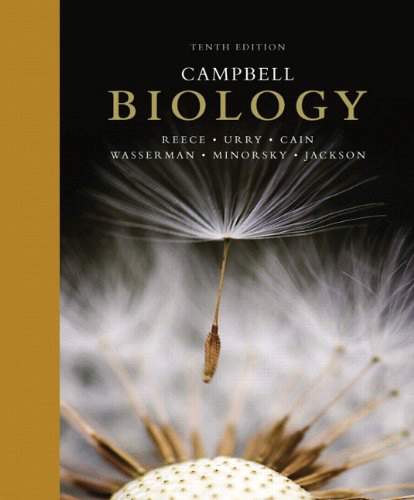Connecting...

This is a quick preview of the lesson. For full access, please Log In or Sign up.
For more information, please see full course syllabus of Biology
For more information, please see full course syllabus of Biology
Biology Scientific Method
Lecture Description
In this lesson, our instructor Bryan Cardella gives an introduction to the scientific method. He explains the origins and steps of the scientific method, control vs experimental groups, and independent vs dependent variables.
Bookmark & Share
Embed
Share this knowledge with your friends!
Copy & Paste this embed code into your website’s HTML
Please ensure that your website editor is in text mode when you paste the code.(In Wordpress, the mode button is on the top right corner.)
×
- - Allow users to view the embedded video in full-size.
Next Lecture
Previous Lecture










































 Answer Engine
Answer Engine


1 answer
Mon Jun 3, 2019 3:33 PM
Post by Roy Jiang on June 2, 2019
Hi professor,
I was just wondering, is there a specific textbook that you teach this course off of? And is this course suitable as a pre-requisite to AP biology?
Thanks!
2 answers
Last reply by: Apolonia Gardner
Tue Nov 24, 2015 1:23 PM
Post by Apolonia Gardner on November 24, 2015
Hello,
I am a high school senior about to send off my applications for college. I am stuck on one thing – my intended major. Biology and chemistry have been my favorite courses throughout high school, and I would like to get a college degree that will enable me to perform research with viruses. My lifetime goal is to find a cure for a disease. From your experience, what undergraduate major should I shoot for? Biochemistry? Microbiology? Molecular Biology? Immunology? Chemical Biology? Organic Chemistry? Pharmaceutical Science? Any guidance is appreciated.
1 answer
Mon Oct 13, 2014 12:27 AM
Post by Richard Meador on October 12, 2014
at 9:40, you stated pH of 7.4 for blood is slightly acidic.
2 answers
Last reply by: Jianjun Ni
Thu Jun 27, 2019 10:49 AM
Post by Jacky Tumusiime on March 11, 2014
Fantastic course and a fantastic lecturer. I'd like to suggest yr lectures be transcripted so that we get your lectur notes plz